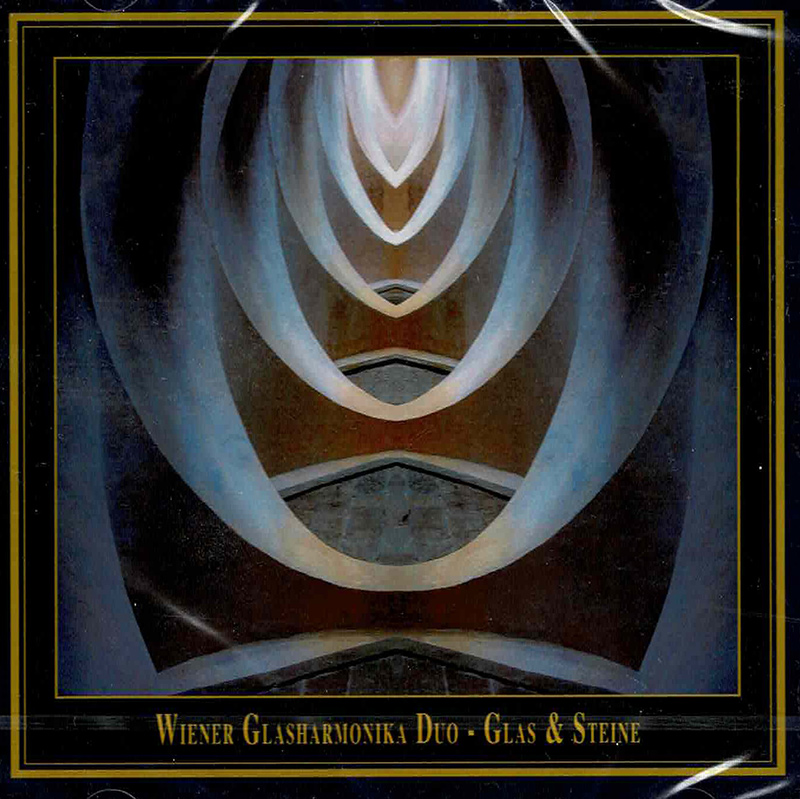Logowanie
KOLEKCJE!
BACH, CHOPIN, LISZT, MOZART, GRIEG, Dinu Lipatti, Otto Ackermann, Ernest Ansermet
The Master Pianist
PROKOFIEV, CHOPIN, TCHAIKOVSKY, SCHUMANN, BEETHOVEN, Martha Argerich, Claudio Abbado, Giuseppe Sinopoli
The Concerto Recordings
The Collection 2
Jakość LABORATORYJNA!
ORFF, Gundula Janowitz, Gerhard Stolze, Dietrich-Fischer Dieskau, Deutsche Oper Berlin, Eugen Jochum
Carmina Burana
ESOTERIC - NUMER JEDEN W ŚWIECIE AUDIOFILII I MELOMANÓW - SACD HYBR
Winylowy niezbędnik
ClearAudio
Essence MC
kumulacja zoptymalizowana: najlepsze z najważniejszych i najważniejsze z najlepszych cech przetworników Clearaudio
Direct-To-Disc
PIAZZOLLA, ChamberJam Europe
Tangos del Ángel y del Diablo
Direct-to-Disc ( D2D ) - Numbered Limited Edition
The Vienna Glass Armonica Duo
Glass & Stones - A concert with Glass Armonica & Verrophone
- Gottfried Keller (1819-1890, Text)
- Carl Röllig (1754-1804, Musik)
- 1. In einer Mondnacht in Luzern
- Siciliano für die Glasharmonika
- Stimme: Peter Uray
- Wolfgang Amadeus Mozart (1756-1791)
- 2. Menuett aus dem Divertiment Nr. 9, KV 240*
- Gerald Schönfeldinger (geb. 1960)
- 3. Requiem
- Antonio Vivaldi (1678-1741)
- 4. Der Winter, Largo*
- Wolfgang Amadeus Mozart
- 5. Ein deutscher Tanz, KV 567*
- Wolfgang Amadeus Mozart
- 6. Adagio für Glasharmonika in C-Dur, KV 617a
- Edward Grieg (1843-1907)
- 7. Smartrold ~ Der Kobold*
- Gerald Schönfeldinger
- 8. Das Tor zur Seele
- Arvo Pärt (geb. 1935)
- 9. Pari Intervallo
- Ennio Morricone (geb. 1928)
- 10. Il Gatto*
- Gerald Schönfeldinger
- 11. Wesenlos ~ eine Klangverklärung
- Stimme: Oscar Werner
- --------------------------
- * arranged for Verrophone und Glass Armonica
- by Christa & Gerald Schönfeldinger
- -------------
- The Vienna Glass Armonica Duo
A concert with the Vienna Glass Armonica Duo (Glass Armonica & Verrophone), Christa Schönfeldinger (Glass Armonica) and Gerald Schönfeldinger (Verrophone) plays works by Antonio Vivaldi (1678-1741), Wolfgang Amadeus Mozart (1756-1791), Gottfried Keller (1819-1890), Carl Röllig (1754-1804), Edward Grieg (1843-1907), Arvo Pärt, Ennio Morricone and Gerald Schönfeldinger They are built of natural stone, these noble halls of this world heritage site. A fascinating thought when you're standing under arches that are hundreds of years old. The stones seem to whisper - because, in the quiet of their existence, you seem to feel how they are imbued with all those voices and instruments that filled these walls with their sounds - violins, the sound of trumpets, the organ and singing' wood and metal. But in the end, isn't it the material of the body that makes the sound of an instrument? It was the sound of the glass armonica that inspired Mozart to write a minuet and, after hearing how his composition sounded on the glass harmonica, Arvo Pärt gave the Ensemble his one-time permission to perform "Pari Intervallo" with the "glass instrument". Even Gottfried Keller described the sound and effect of the instrument as "...then it began to play in the most ghostly tones I have ever heard..." Now, the glass armonica is made of glass - plain old glass - melted sand, nothing more. But this is also the same basic material as these world heritage walls are made of - natural sandstone... And during this concert by these Viennese artists, it was as if I could feel the walls vibrating and I thought I heard the very stones singing. Josef-Stefan Kindler

























